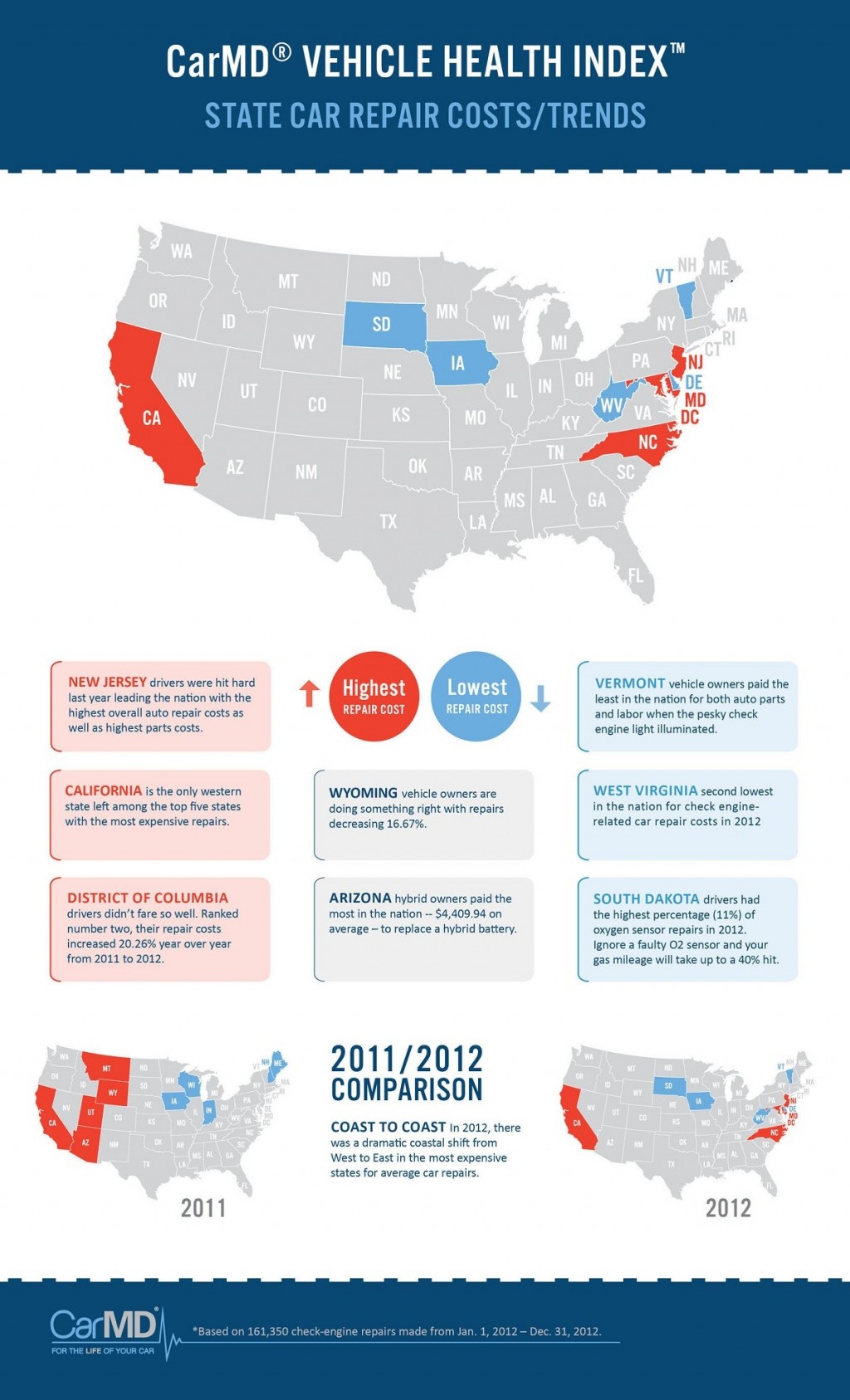Open Up The Hood To Check Out Usual Brake System Faults And Their Options
Open Up The Hood To Check Out Usual Brake System Faults And Their Options
Blog Article
https://brakerepairnearme17394.bloggip.com/30306302/are-you-interested-in-finding-impressive-automobile-repair-shops-in-your-vicinity Create By-Flynn White
When it comes to your car's brake system, recognizing common concerns can conserve you from possible security hazards. From identifying brake pad wear to addressing brake liquid leaks, recognizing just how to take on these troubles is vital. But what about those spongy brake pedals? There's a solution for that as well. Stay tuned to read more concerning these issues and the practical remedies that can maintain you securely when driving.
Brake Pad Use and Replacement
When it comes to preserving your vehicle's brake system, one critical aspect to keep an eye on is the wear and replacement of brake pads. Brake pads are crucial elements that push against the brake rotors to slow down or stop your automobile. In time, these pads wear down because of rubbing, calling for normal evaluation and replacement to guarantee your brakes operate effectively.
To establish if https://www.ratchetandwrench.com/articles/12494-accelerate-your-auto-repair-shops-growth-with-autoleap require replacement, pay attention for shrilling or grinding sounds when you apply the brakes. Additionally, if your lorry takes longer to quit or you notice resonances or pulsations when stopping, it might be time to change the brake pads.
Ignoring used brake pads can lead to reduced stopping performance, damages to other brake components, or perhaps brake failure.
Changing brake pads is a fairly straightforward process for lots of vehicles. Nevertheless, if you're unclear or awkward executing this job, it's ideal to speak with a specialist technician to guarantee correct installment and optimal brake efficiency.
Regularly checking and changing https://quick-oil-change-near-me17295.dm-blog.com/30355591/fascinated-about-finding-the-best-auto-service-center-near-you-uncover-the-leading-10-pointers-that-will-certainly-help-you-make-an-educated-decision is essential for your safety and security and the longevity of your lorry's stopping system.
Brake Liquid Leaks and Maintenance
To guarantee your lorry's brake system functions ideally, it is necessary to likewise take note of brake liquid leaks and maintenance. Brake fluid is crucial for sending the force from your foot on the brake pedal to the real braking system. One usual problem with brake liquid is leaks, which can take place because of shabby brake lines, seals, or links. If you discover a pool or drips under your car, it's important to deal with the leak quickly to avoid a possible brake failing.
Regularly checking your brake fluid level is essential to maintaining your brake system. Reduced brake liquid can lead to air going into the brake lines, which compromises stopping efficiency.
Furthermore, old or polluted brake liquid can affect the total efficiency of your brakes. It's advised to adhere to the manufacturer's guidelines on when to alter the brake fluid, commonly every 2 years.
Spongy Brake Pedal: Bleeding Brakes
If you have actually ever before experienced a spongy brake pedal while driving, you comprehend the value of maintaining a company and receptive stopping system. One typical cause of a spongy brake pedal is air trapped in the brake lines. When air gets in the brake system, it can lead to a loss of hydraulic pressure, causing that disturbing mushy sensation when you push the brake pedal.
To settle this concern, hemorrhaging the brakes is needed. Bleeding the brakes includes removing the air from the brake lines to bring back proper hydraulic pressure.
To bleed the brakes, you'll need a helper to help you. Start by situating the brake bleeder shutoff on each wheel, usually found near the brake caliper. With a wrench, loosen the valve and have your helper press the brake pedal while you observe any air bubbles appearing. Repeat this procedure for each and every wheel, beginning with the wheel farthest from the master cyndrical tube and moving more detailed.
Once you no more see air bubbles and only clear fluid arises, tighten up the valve and top up the brake fluid tank as required. Hemorrhaging the brakes aids ensure a firm brake pedal and enhances general braking efficiency.
Final thought
Now that you comprehend usual brake problems and how to repair them, you can ensure your car's safety and security and efficiency. Keep in mind to listen for warning signs like shrilling sounds or squishy brake pedals, and resolve them promptly. https://remappingnearme73950.blogproducer.com/36775015/learn-the-essential-steps-involved-in-choosing-the-best-vehicle-repair-shop-to-protect-your-vehicle-s-lasting-performance-and-longevity and timely substitutes are vital to keeping your brakes in leading condition. Stay positive and mindful to your brake system to delight in risk-free and trusted driving experiences.
